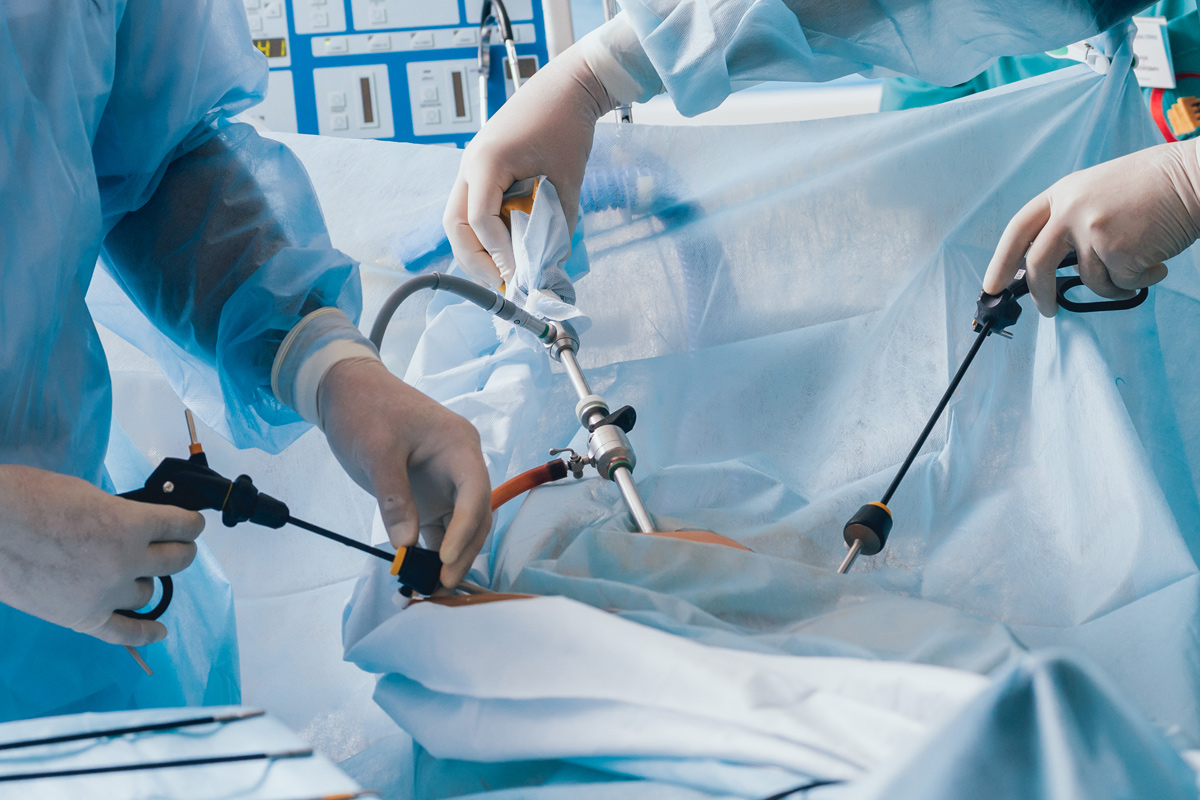Minimally Invasive Surgery
In the last decade, there have been rapid developments in cardiac surgery. Due to on these developments, the results of surgeries are getting better and better, and it is possible to reach a wider mass of patients.
A patient undergoing open heart surgery stays in the hospital for an average of 8-10 days and then spends about a month in recovery, resulting in a significant loss of manpower. With new developments, ideas have emerged that this procedure can be performed without losing blood, through smaller holes and without stopping the heart.
Initially, bypass operations on the working heart began to be successfully performed without stopping the heart. Later, it was found that this operation could be performed through a much smaller incision, and this was called “pericardial window surgery.” In the following years, cardiac valve surgeries were also performed using this method, i.e., through a small hole.
The most obvious advantages of this method are that the patient feels less pain and can get up faster. A patient who stays in the hospital for ten days on average in the case of normal open-heart surgery, can be discharged within 4-5 days with this method and return to work in a short time.



